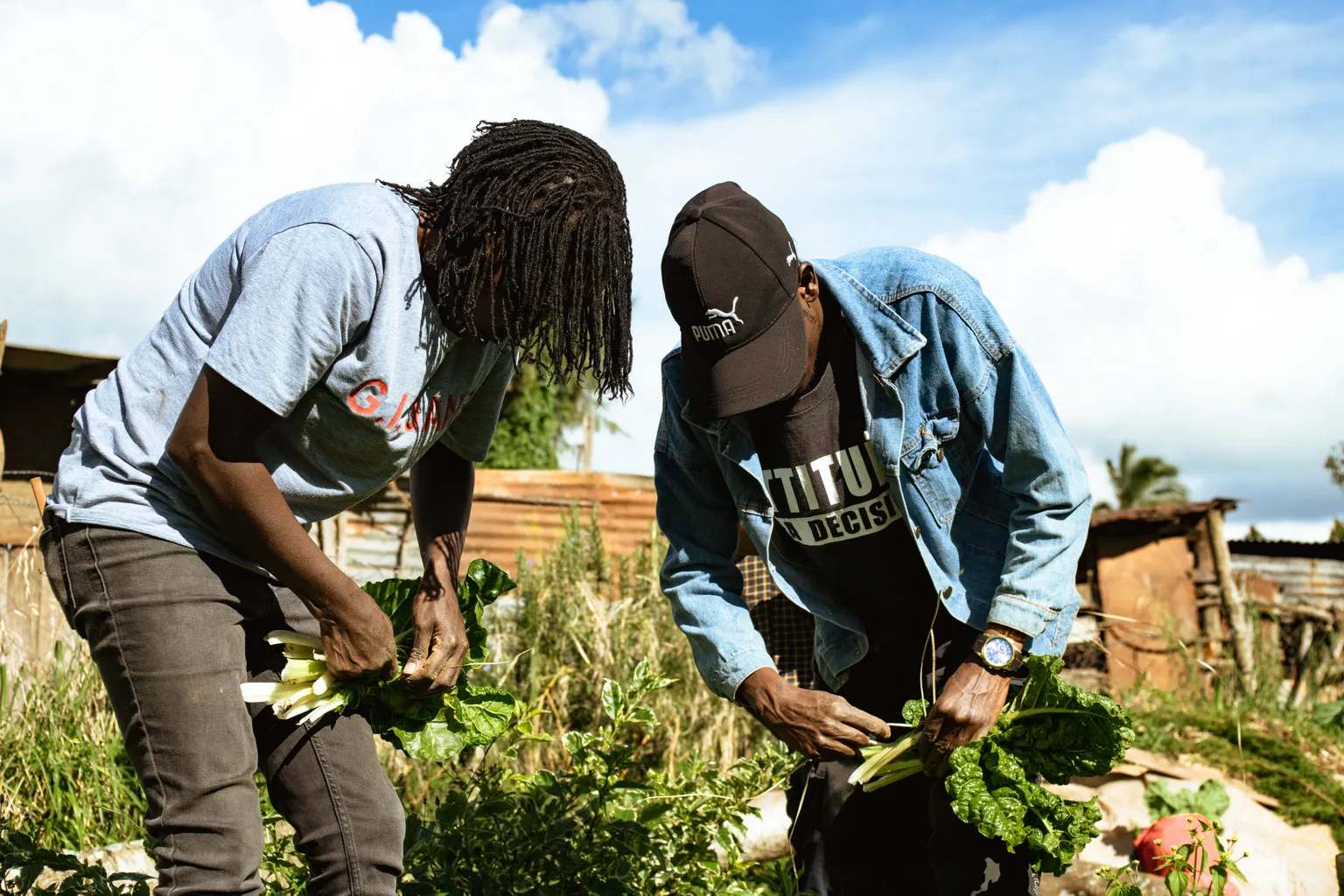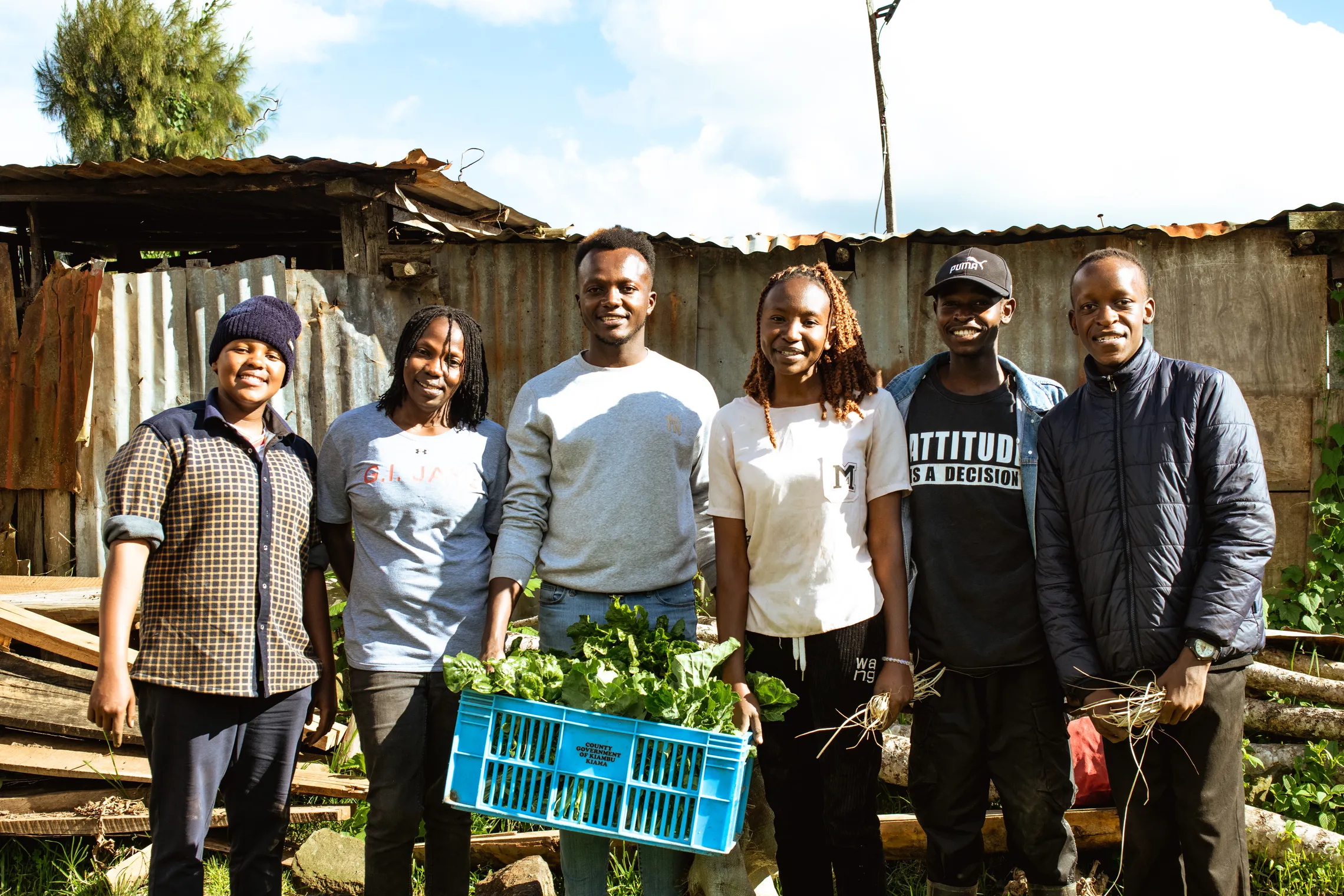Perspective: Bridging the AI gap in Africa’s food systems: Hype or harvest?

By Dr. David Ojwang, SNV Agri-food sector leader for Kenya and Burundi.

With Africa’s population projected to reach 2.5 billion by 2050, the pressure on food systems is intensifying. To meet growing demand sustainably, innovation is no longer optional. Artificial Intelligence (AI) offers promising avenues to improve how food is produced, processed, and distributed. While earlier digital solutions—such as mobile advisory services, remote sensing, and ICT hubs brought improvements in information access and early warning systems, many struggled to scale due to infrastructure gaps, low digital literacy, and limited access to devices and connectivity.
AI brings a new dimension not simply as a tool, but as a potential driver of transformation across the agri-food chain. However, integration remains limited, held back by structural and capacity-related constraints. Addressing these requires context-driven solutions and stronger collaboration across sectors.
We have been advancing resilient food systems for over four decades, now identifying AI and other scientific advances as key to unlocking new pathways for food security and nutrition. Across programmes, there is growing interest in the role of AI. In Kenya, to this end, we even launched a Community of Practice to explore practical applications, with staff exchanging ideas and use cases that align with local needs.
Emerging uses across agri-food systems
Across Africa, practical applications of AI are already emerging. In crop production, for instance, AI is being used to improve plant breeding. Tools like artificial neural networks help researchers identify genotypes suited to specific agroecological zones, reducing reliance on more complex modelling. This has supported the development of pest- and disease-resistant varieties, helping secure yields under adverse conditions.
In the dairy sector, automated milking systems are replacing manual processes, increasing productivity while addressing labour shortages. Studies have shown that more frequent milking enabled by these systems can improve yields by 5–10 percent.
Irrigation is another area seeing gains. AI-powered systems often integrated with the Internet of Things are helping farmers monitor soil moisture, weather conditions, and crop water needs in real time. These tools enable more precise irrigation, improving efficiency and reducing water waste. In India, sensor-based irrigation systems have already shown success among pasture farmers.
AI also holds promise for pest and disease surveillance. In banana farming, for example, image-recognition models are being trained to identify signs of disease through changes in leaf colouration long before visible symptoms emerge. Early detection allows timely intervention, reducing crop loss.
These examples make clear that AI is not a distant solution, but one that is already influencing how decisions are made across the food system. However, its potential will only be realised if the tools are made accessible, affordable, and relevant to the realities of smallholder farmers and food producers.

The future of AI in resilient agri-food systems will be shaped by its adoption and accessibility for youth.
From potential to practice: What it will take?
Still, many barriers remain, including infrastructure gaps, limited digital literacy, and concerns around data access and privacy continue to hinder adoption. In fragile or low-tech contexts, AI may not always be the most practical solution. Simpler, analogue tools such as community-based monitoring or farmer field schools still play a vital role. A hybrid approach that blends high- and low-tech innovations may be the most inclusive and effective path forward.
There is also a growing need to support youth-led innovation. With increasing access to digital tools, young entrepreneurs across the continent are using AI to develop mobile apps, advisory platforms, and market-linking tools tailored to local challenges. Their ability to work across agriculture, data science, and business positions them as central actors in food system transformation. But their success depends on sustained investment in mentorship, funding, and policy that encourages inclusive innovation.
Ultimately, a key factor to bear in mind is that farmer perceptions vary widely. Some see AI as a promising tool for improving productivity, while others remain sceptical due to concerns about cost, complexity, or relevance. Building trust through participatory design, capacity building, and real-world impact is essential.
A hybrid approach that blends high- and low-tech innovations may be the most inclusive and effective path forward.
AI alone will not solve the food system crisis. Traditional innovations like improved seed varieties, low-cost irrigation, and farmer-led extension remain critical, especially where digital infrastructure is weak. But AI, when well implemented, can complement and strengthen these approaches.
The focus must now shift to making AI solutions not just technically sound but widely usable adapted to the constraints and strengths of local food systems. That means investing in infrastructure, digital skills, and inclusive design. It means building systems that work in low-connectivity areas, that don’t rely on perfect data, and that reflect the realities of smallholders and rural entrepreneurs.
Public-private-producer partnerships, shared platforms, and targeted financing mechanisms are essential to unlock this potential. But so is a mindset shift from viewing AI as a high-tech luxury to treating it as a practical tool for inclusive, climate-smart agriculture.
If deployed strategically and responsibly, AI can help reshape agrifood systems to be more resilient, equitable, and sustainable. The technology is ready. The question is whether we are prepared to deploy it in ways that serve everyone starting with the farmers at the heart of Africa’s food future.